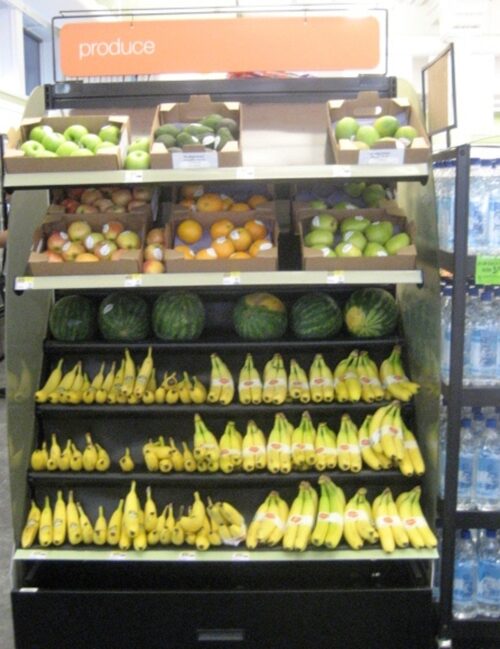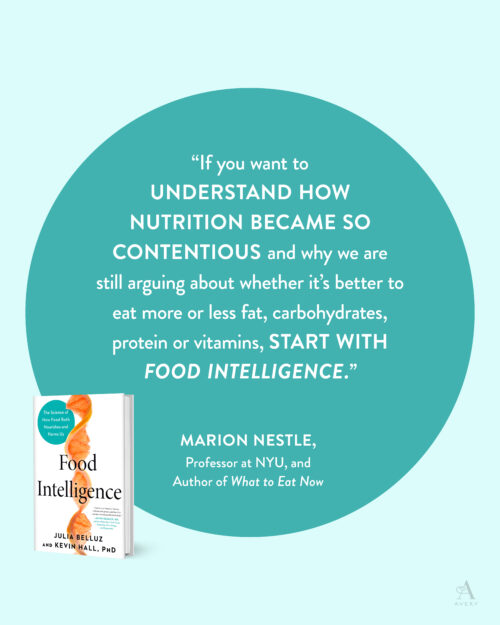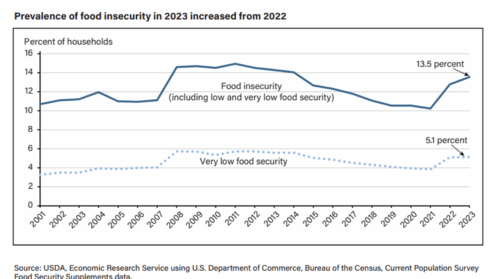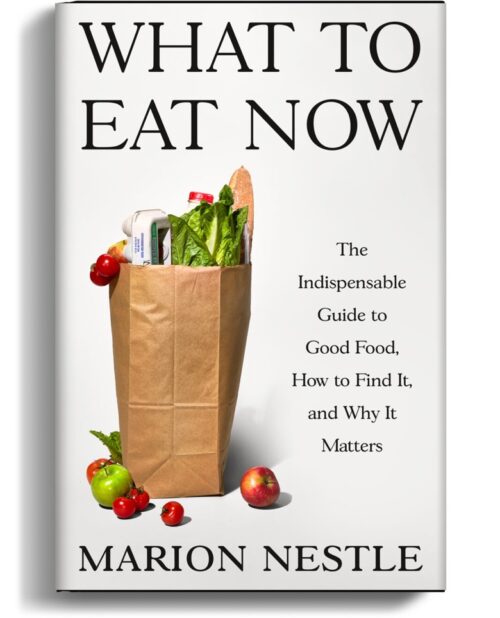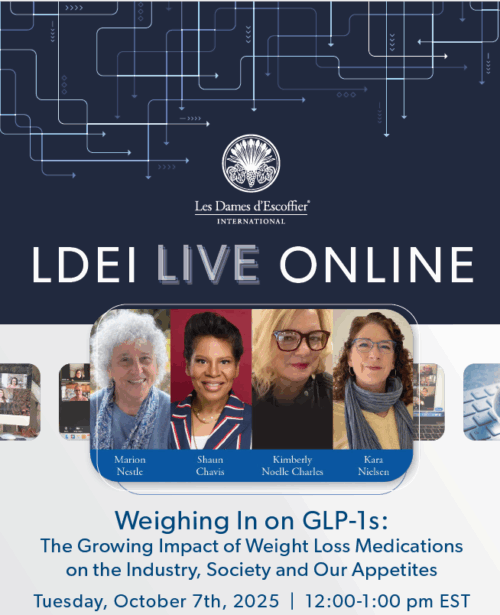It breaks my heart to learn of the death of the great cookbook author and food politics writer, Marian Burros.
She was immensely important to me and to my work.
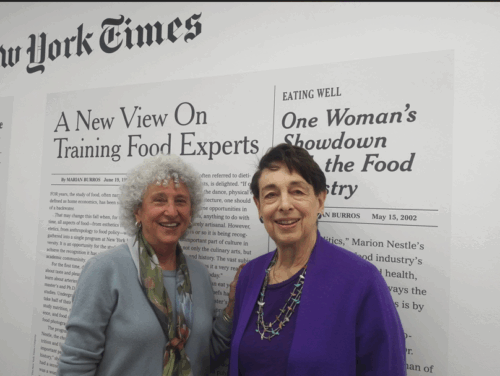
Marion Nestle and Marian Burros at NYU, 2018
Her obituary in the New York Times appeared on Saturday; I was interviewed for it some years ago and am quoted:
Marian was hugely ahead of her time in writing about the importance of food choices that not only improve health but also are sustainable and protect the environment…She was writing about the politics of food long before anyone dreamed that a food movement might exist.”
So true. I first met her in the late 1980s when I was in DC working for Health and Human Services as managing editor of the Surgeon General’s Report on Nutrition and Health. Marian was writing for the Washington Post and interviewed me about the report a couple of times. Soon after, she moved to the New York Times and I moved to NYU.
In 1991, when the USDA withdrew the long-researched, about-to-be-published Eating Right Pyramid, ostensibly because it had not been tested on low-income women and children, I was contacted by a USDA staff person with documents proving that the real reason was pressure from meat producers who did not like the position of meat at the top of the pyramid. As I tell in detail in my book, Food Politics, a USDA Deep Throat asked if I could get those documents to the press.
I called Marian Burros and asked if she’d be interested. She was.
Her first of many articles on the pyramid scandal: Are cattlemen now guarding the henhouse? (it quotes me).
She worked on that story for a year, eventually digging out enough leaked information that she could piece together what the USDA was going to do—a bowl!
Her article so embarrassed the USDA that it had to admit the pyramid was a better option, and finally issued it.
In 1996, my NYU Department created undergraduate, master’s, and doctoral programs in Food Studies. Clark Wolf, a food consultant who was advising us, told Marian Burros about the programs.
As soon as we had New York State approval for the programs, she wrote about them: A New View on Training Food Experts,
We had prospective students in our office that very afternoon, holding copies of the clipping, and saying they’d waited all their lives for this program. Thanks to that publicity, even though this was mid-summer, we had a full class that fall.
And here we all were, celebrating the Department’s new teaching kitchen.

Three Marions—Nestle, Cunningham, and Burros (with an a)—and Clark Wolf at NYU’s newly renovated teaching kitchen in 1996.
She was one tough reporter. She asked hard questions and insisted on answers. She knew the food politics scene better than anyone.
I was sorry when she retired from the Times. It seemed like a great loss.
It is a great loss.

